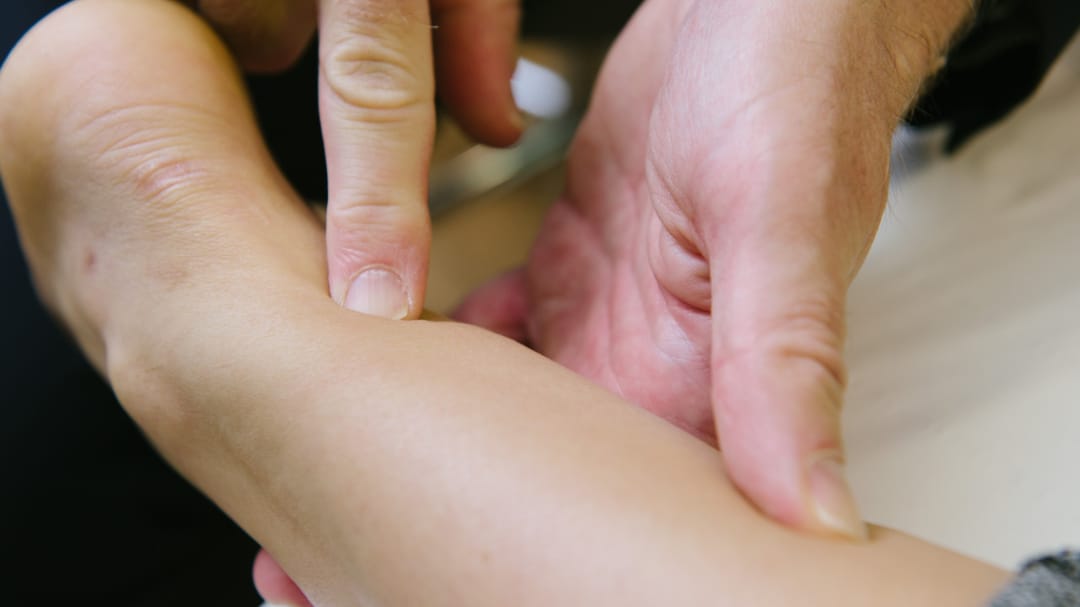Research: Low Back Pain & Spondylolysis

Pure Sports Medicine
- 21 September, 2018
- orthopaedic
- Back Pain
- 1 min read
Research: Low Back Pain & Spondylolysis
This research evaluates whether the one-legged hyperextension test can assist in the clinical detection of active spondylolysis.
Use of the one-legged hyperextension test and magnetic resonance imaging in the diagnosis of active spondylolysis.
Masci L, Pike J, Malara F, et al
These results suggest that there is a high rate of active spondylolysis in active athletes with low back pain. The one-legged hyperextension test is not useful in detecting active spondylolysis and should not be relied on to exclude the diagnosis. MRI is inferior to bone scintigraphy (with SPECT)/computed tomography. Bone scintigraphy (with SPECT) should remain the first-line investigation of active athletes with low back pain followed by limited computed tomography if bone scintigraphy is positive.
Full Abstract

Advice
Over the last 20+ years our experts have helped more than 100,000 patients, but we don’t stop there. We also like to share our knowledge and insight to help people lead healthier lives, and here you will find our extensive library of advice on a variety of topics to help you do the same.
OUR ADVICE HUBS See all Advice Hubs

